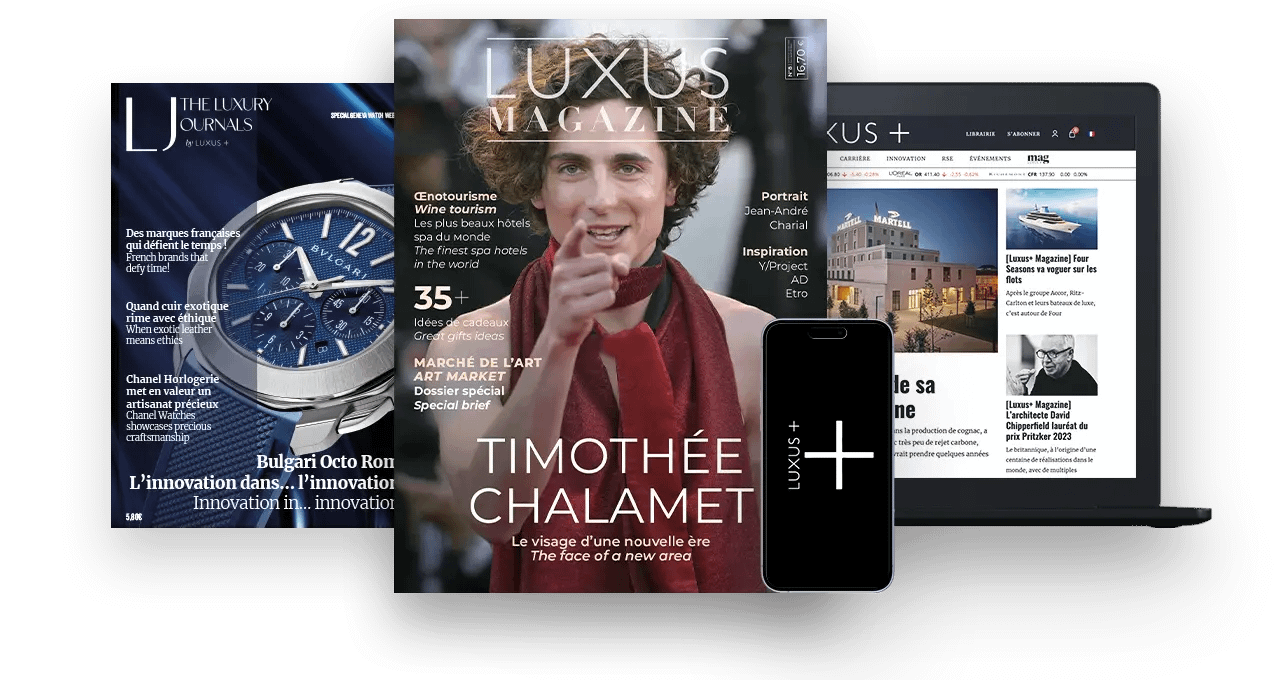Belgian officials announced on Friday, September 15, that the member countries of the Group of Seven (G7) are planning to unveil an import ban on Russian diamonds. This measure aims to strengthen sanctions and reduce Russia’s ability to finance the conflict in Ukraine.
This G7 project has the potential to revolutionize the global diamond supply chain. The Group of Seven, comprising Germany, Canada, the United States, France, Italy, Japan, the United Kingdom, and the European Union, is indeed planning to ban imports of Russian diamonds within the next 2 to 3 weeks. However, its success largely hinges on India, whose diamond industry employs millions of people responsible for cutting and polishing approximately 90% of the world’s diamonds. The ban, initially suggested by Belgium, while the city of Antwerp plays a central role as the world’s leading diamond trading hub, is expected to take effect on January 1st, as explained by an unnamed government official in Brussels.
If this ban is implemented as planned, it would have the effect of reshuffling the global diamond market. The G7, representing 70% of consumer market share, would stop accepting Russian diamonds, with Russia being the world’s largest producer of rough diamonds.
“We are talking about reorganizing a global market,” the official said, acknowledging that the system would not work perfectly from the start and that the G7 was still assessing the details of Belgium’s proposed plan. “Russia is the largest global supplier. With this system, we are excluding them, leaving them in a less-performing market with lower prices, which will reduce the financial flows in this sector.”
Collaboration with market leaders
G7 leaders have been discussing efforts to reduce Russian revenues from diamonds and strengthen Washington’s sanctions against Alrosa, the world’s largest diamond producer, since 2022. Last year, the European Union purchased €1.4 billion ($1.5 billion) worth of Russian diamonds, according to Eurostat data, as the EU neither banned Russian gem imports nor included Alrosa in its sanctions list.
Diamond company De Beers has expressed support for the G7’s efforts. “The question is how we can collectively and effectively collaborate to ensure that all industry players, whether large or small, are represented.”
Before the conflict in Ukraine, De Beers and Alrosa led global sales of rough diamonds, with De Beers accounting for 33% of the total value and Alrosa 24%, according to a De Beers report. According to the report, in 2021, global sales of rough diamonds amounted to $16.4 billion, while demand for polished diamonds reached $28 billion. Demand for natural diamond jewelry reached $87 billion, with the United States as the top consumer.
India and Africa exempt
Currently, once Russian diamonds are cut and polished outside Russia, they are considered to come from the country that transformed them, according to diamond analyst Paul Zimnisky. “Industry representatives have been actively involved in this discussion, and government officials are seeking to limit the negative impact on neutral centers on the issue, such as India and Africa,” he said.
Russia competes with Botswana for the title of the world’s largest source of diamonds. Since the start of the conflict in Ukraine, many Western jewelry retailers have avoided diamonds from Vladimir Putin-led Russia. However, this has not stopped the flow of Russian diamonds, although the volume of Russian diamond imports into the European Union has dropped by about 95% compared to pre-war levels, according to the Belgian official. Some Indian and Belgian buyers continued to acquire significant quantities on favorable terms, selecting the diamonds they needed, while others refrained. Additionally, some diamonds were diverted to hubs in the United Arab Emirates, Belarus, and Armenia.
Read also>THE UNITED ARAB EMIRATES, THE NEW HUB OF THE RUSSIAN GOLD TRADE
Featured Photo : ©Unsplash






































